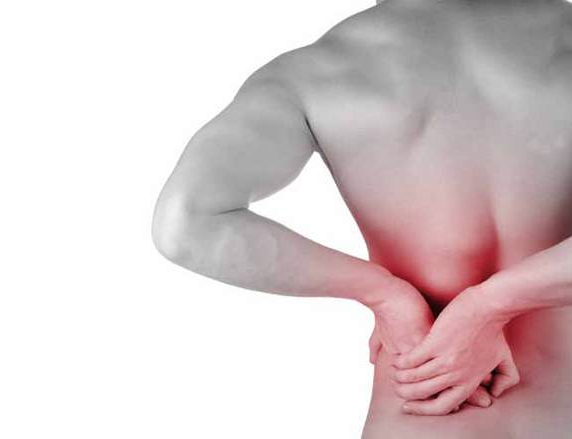In any form of recovery from injury, the ‘activation’ stage is the realm of actually doing exercises and key movements to ensure that muscles work ‘sequentially’ and as a group, to perform safe and efficient movement. This is also where a lot of patients fall down because they ‘don‘t do their homework’ These all important exercises that a patient has to do to contribute to their own recovery are a vital part of the program to recovery and pain free movement.
Personality is a major driver of this conundrum. When looking at recovery from an injury, one of the main aspects to take into account is 'personality'. Are you an active recovery person, or are you happy to take the path of least resistance when it comes to re-engaging in physical activity. Both aspects can be your own worst nightmare if you are are not careful to appraise where you are seated in the 'injury recovery' spectrum.
I say to many of my clients ANY movement is good movement. This is difficult to qualify sometimes as there are certain individuals whom take that as Carte Blanche to get straight back into full blown, high intensity full load of training. However for most people trying to get the body out of pain and into feeling normal is difficult if they haven’t already had an active movement based regime in place already. For these sorts of people MOVEMENT IS VITAL. To move is to have blood flowing into areas and to keep elasticity of the all important muscles, tendons and fascia (soft tissues) at some sort of measurable level of operation.
Surgery has its obvious fears and issues, but the actual process of going under can have effects on your body that you aren't really sure of. What to expect when you actually have a general anesthetic? Here we look at how anesthetic actually works and what some of the issues can be and the implications of exposure to inhalants beyond the immediate stages.



